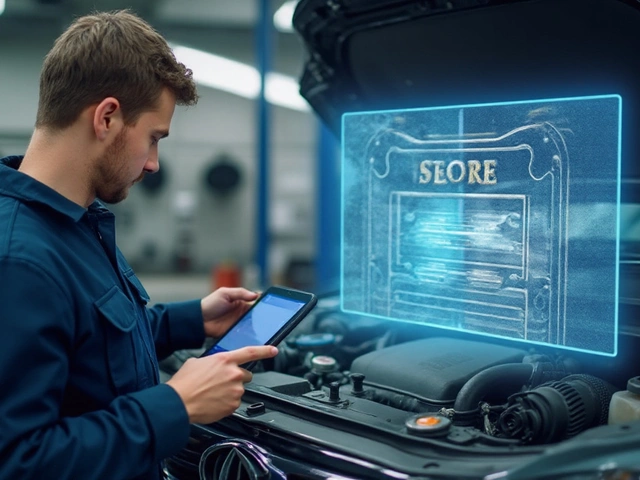How to Reset Your Car Battery – Simple Steps and Helpful Tips
If your car is acting weird after a jump start, or the electrical lights flicker, you might need to reset the battery. Resetting isn’t magic – it just clears old data and lets the car’s computers start fresh. In most cases you can do it at home with a few tools and a bit of patience.
Why Resetting the Battery Can Fix Common Problems
Modern cars have many electronic modules that store settings the moment the battery is connected. When the battery dies or is replaced, those modules can get confused. You might notice a rough idle, dim interior lights, or a check‑engine light that pops on for no clear reason. A reset clears the stored information and gives the computer a chance to relearn the correct values.
Step‑by‑Step Battery Reset Procedure
1. Gather what you need. You’ll need a set of socket wrenches, a memory saver or a cheap 12 V charger, and a clean cloth. If you have a memory saver, plug it into the OBD‑II port or the cigarette lighter to keep the electronics alive while you work.
2. Turn off everything. Make sure the ignition is off, all lights are off, and the keys are out of the lock. This prevents short circuits and protects the car’s electronics.
3. Disconnect the battery. Loosen the negative (-) terminal first, then the positive (+). Let the cables hang free – don’t let them touch each other or the car frame.
4. Wait for the reset. Leave the battery disconnected for about 15‑20 minutes. This gives the capacitors in the control modules time to discharge fully, which is the real reset.
5. Reconnect the battery. Attach the positive terminal first, tighten it, then the negative. Double‑check that the clamps are snug.
6. Start the engine. Turn the key and let the car run for a few minutes. The computer will begin to relearn idle speed, fuel trim, and other settings. Drive around for at least 10‑15 minutes to let the system settle.
If any warning lights stay on after resetting, you may need a diagnostic scan. Many issues, like a failing alternator or a bad sensor, will still show a code even after a reset.
When to Call a Professional
Sometimes a battery reset won’t fix the problem. If the car won’t start at all, the battery is dead, or you notice corrosion on the terminals, it’s best to visit a workshop. Northwich Tyres Centre can test the battery, clean the terminals, and perform a full computer reset if needed. They also offer battery replacement and fitting, so you can keep the car running safely.
Resetting a battery is a handy skill that can save you a quick shop visit. Follow the steps, stay safe, and remember that a proper battery check is the real fix for persistent issues. If you’re ever unsure, the friendly team at Northwich Tyres Centre is just a call away.
 8 April 2025
8 April 2025
Resetting the Battery: Does It Affect Your Fuel Pump?
Have you ever wondered if resetting your car's battery could solve fuel pump issues? Though resetting the battery can solve many electronic glitches in your vehicle, it's not the magic fix for every problem. This article dives into how your vehicle's electrical systems interact and what you should do if your fuel pump is acting up. Get to know practical tips and insights about your vehicle's battery and fuel system, and find out when a mechanic is truly necessary. Discover what resetting your car’s battery can and can't do for your fuel pump.
Latest Posts
-

Can a Fuel Pump Be Bad and Still Work? Signs You're Driving on a Dying Pump
-

Unlocking the Secrets of Air Filters: Why They're More Important Than You Think
-

Essential Car Tuning: Post-Exhaust Upgrade Insights
-

Does Changing Spark Plugs Improve Your Car's Performance?
-

Should You Upgrade to New Car Radiators?

0